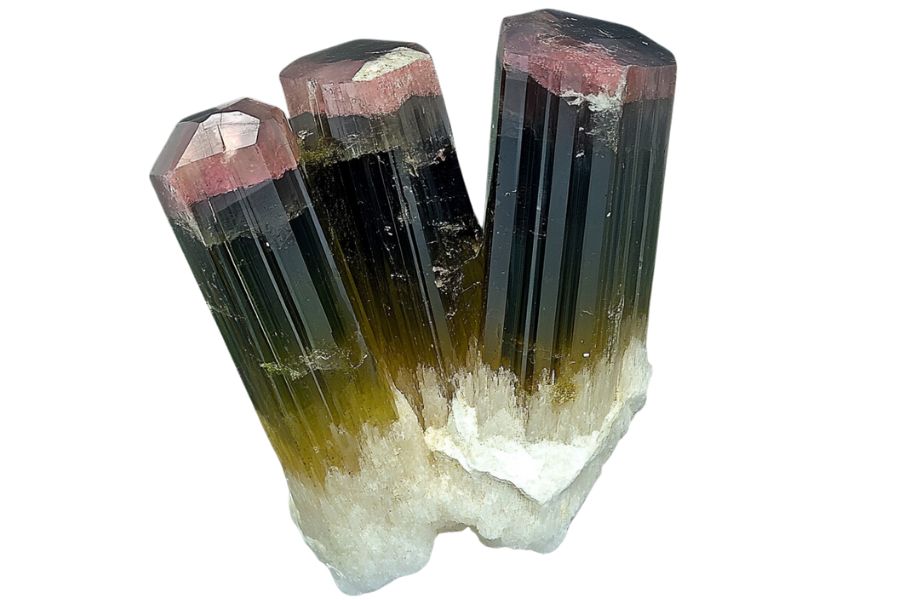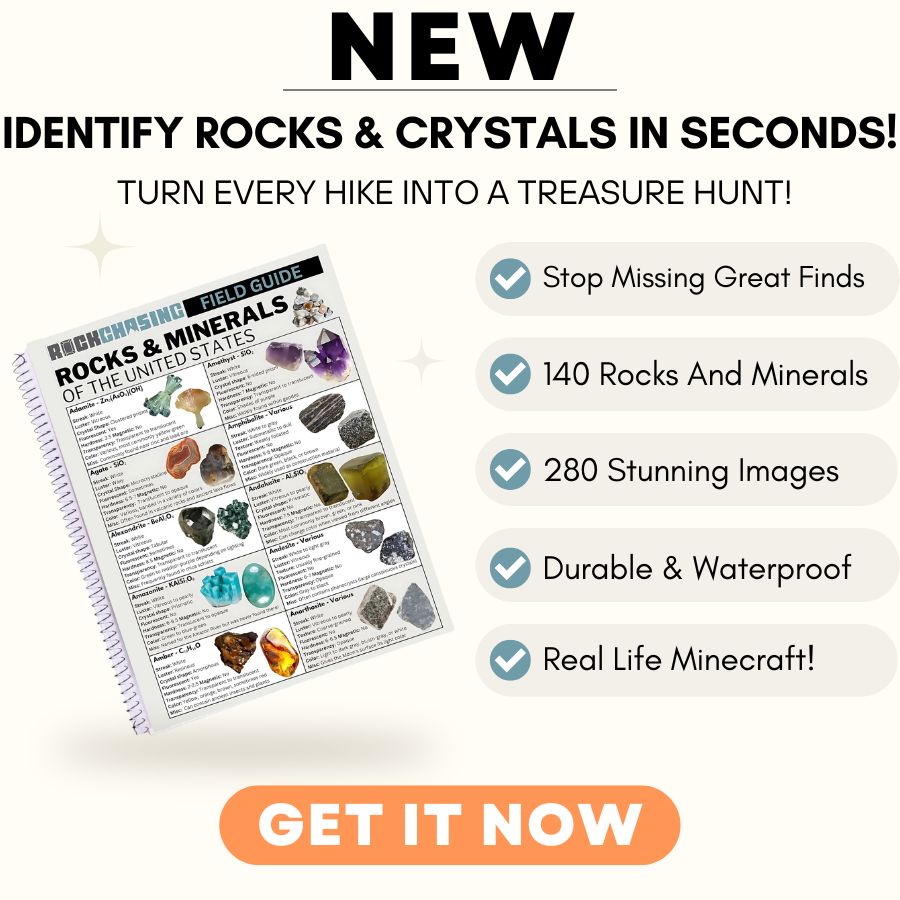From the Rocky Mountains to the Great Plains, Colorado’s diverse landscape offers a treasure trove for gem enthusiasts.
However, finding tourmaline can be challenging and time-consuming, often leading to frustration and wasted efforts. But fear not! We’ve done the legwork for you.
Today, we’ll reveal the top spots to uncover tourmaline in Colorado, saving you precious time and energy. Say goodbye to aimless searching and hello to successful gem hunting.
Read on to discover the best locations we’ve carefully sourced for your next tourmaline adventure.
How Tourmaline Forms Here
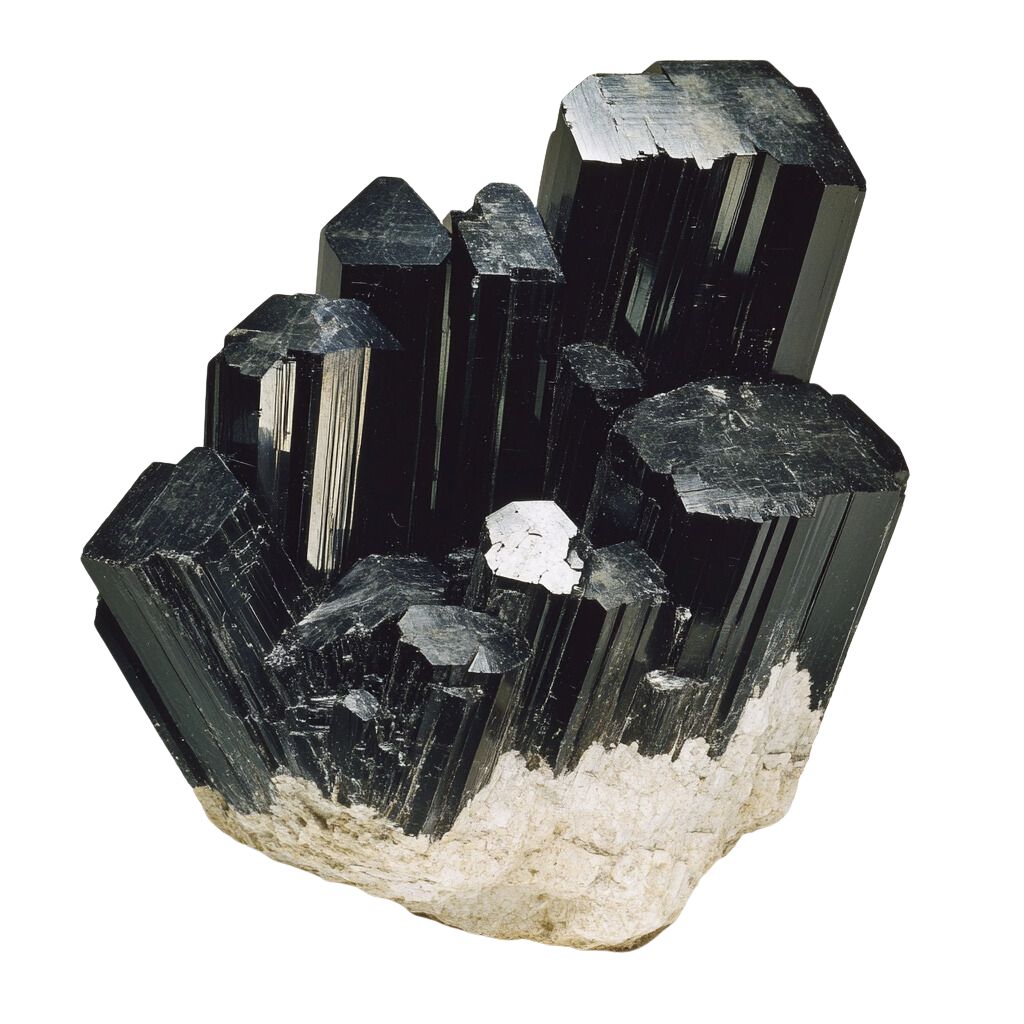
Tourmaline forms deep underground through intense heat and pressure. It originates from hot, mineral-rich fluids that move through fractures in rocks like granite and pegmatite. As these fluids cool, the minerals within them start to crystallize, forming tourmaline.
The color of tourmaline depends on the specific minerals involved, leading to a wide range of hues including pink, red, green, and blue.
Over millions of years, these crystals grow and become the beautiful, multifaceted stones we see today. Tourmaline is prized for its variety of colors and is often used in jewelry and decorative items.
The Types Of Tourmaline
Several incredible types of Tourmaline can be found in the US as well as in our state. Each is uniquely beautiful and interesting including:
Elbaite
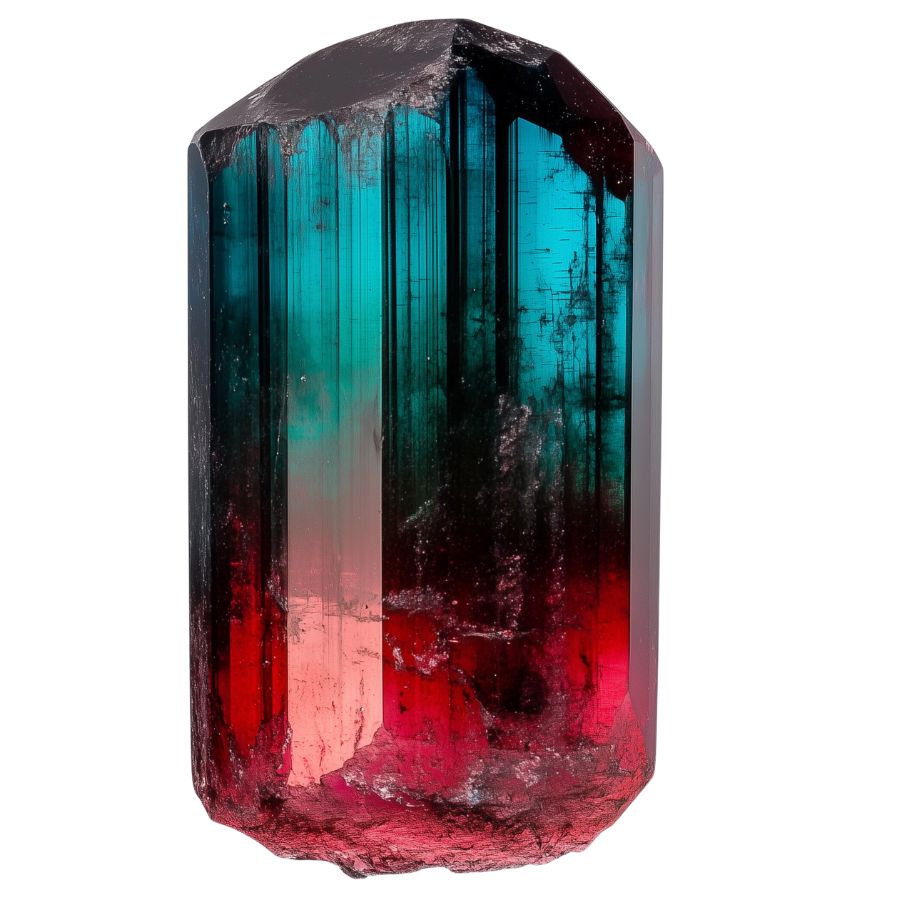
Elbaite is found in pink, red, green, blue, yellow, and even colorless forms. What makes elbaite special is its ability to show multiple colors in a single crystal, like the famous “watermelon” tourmaline with pink and green hues.
This gem stands out due to its complex chemical makeup, which includes lithium, sodium, and aluminum. This composition gives Elbaite its diverse color range and dichroism, allowing it to display different colors when viewed from different angles.
Elbaite has a unique place in history as the first tourmaline variety in which lithium was discovered back in 1818. Some rare types, like the neon blue Paraiba elbaite, are highly sought after by collectors and jewelers.
Schorl
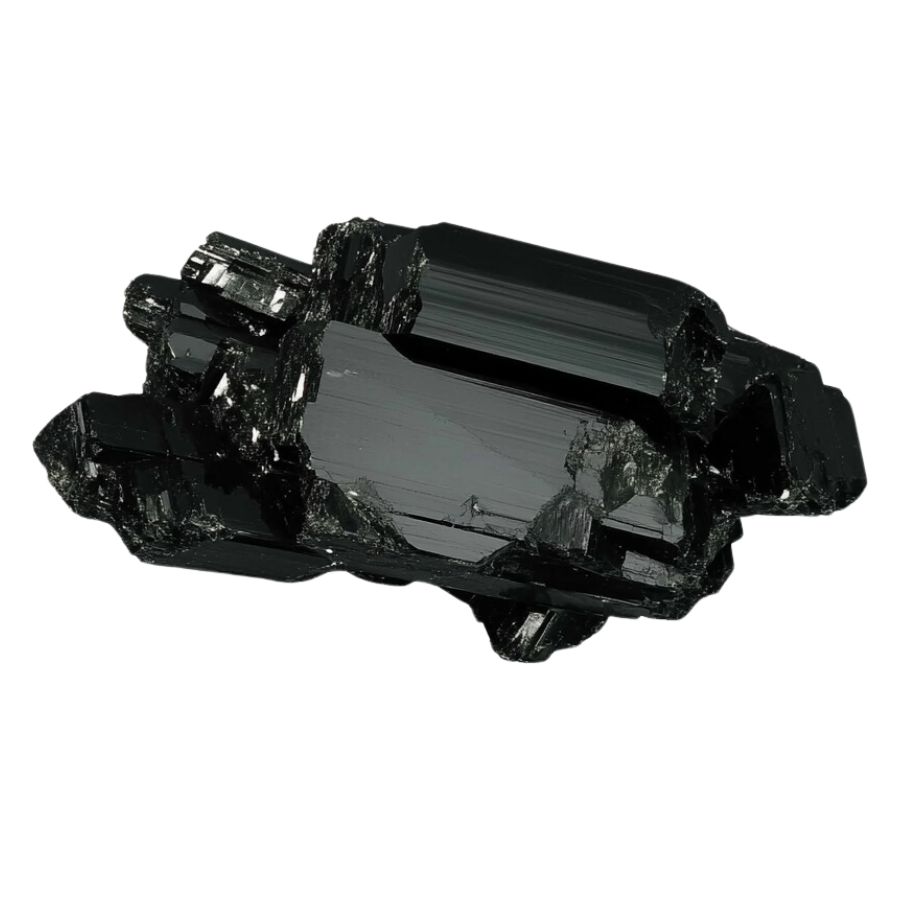
Schorl is known for its deep, rich color. It typically forms long, prismatic crystals with a shiny, glass-like surface when polished. Unlike other tourmalines, schorl gets its distinctive black color from high iron concentrations.
One of Schorl’s most fascinating features is its ability to become electrically charged through heating or rubbing. When charged, it can attract or repel small particles.
This unique electrical property makes Schorl valuable in various industries. It’s used in electronics and manufacturing to control static electricity and electromagnetic interference.
Despite being less colorful than other tourmalines, schorl’s practical applications make it an important and interesting variety.
Rubellite
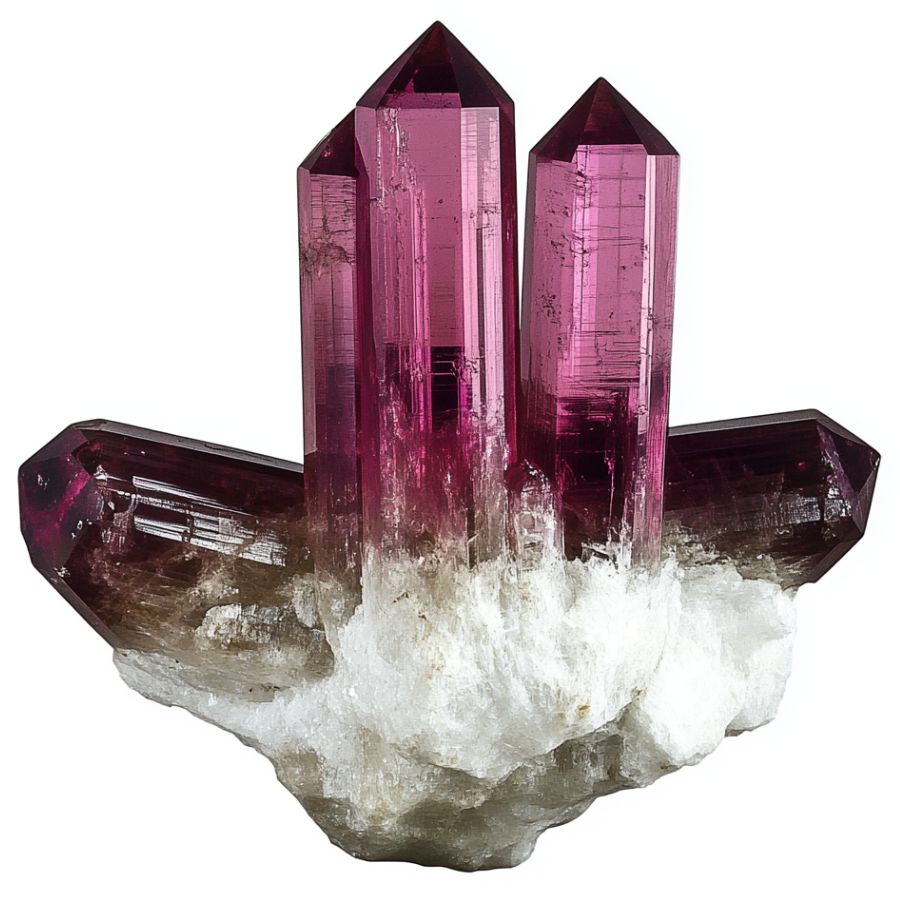
Rubellite stands out with its vibrant pink to red colors. The most prized ones show a pure, saturated red without any brown or orange hints. This beautiful color comes from manganese in its makeup.
One cool thing about rubellite is its double refraction. It can look like it has two different colors when you view it from different angles.
Dravite
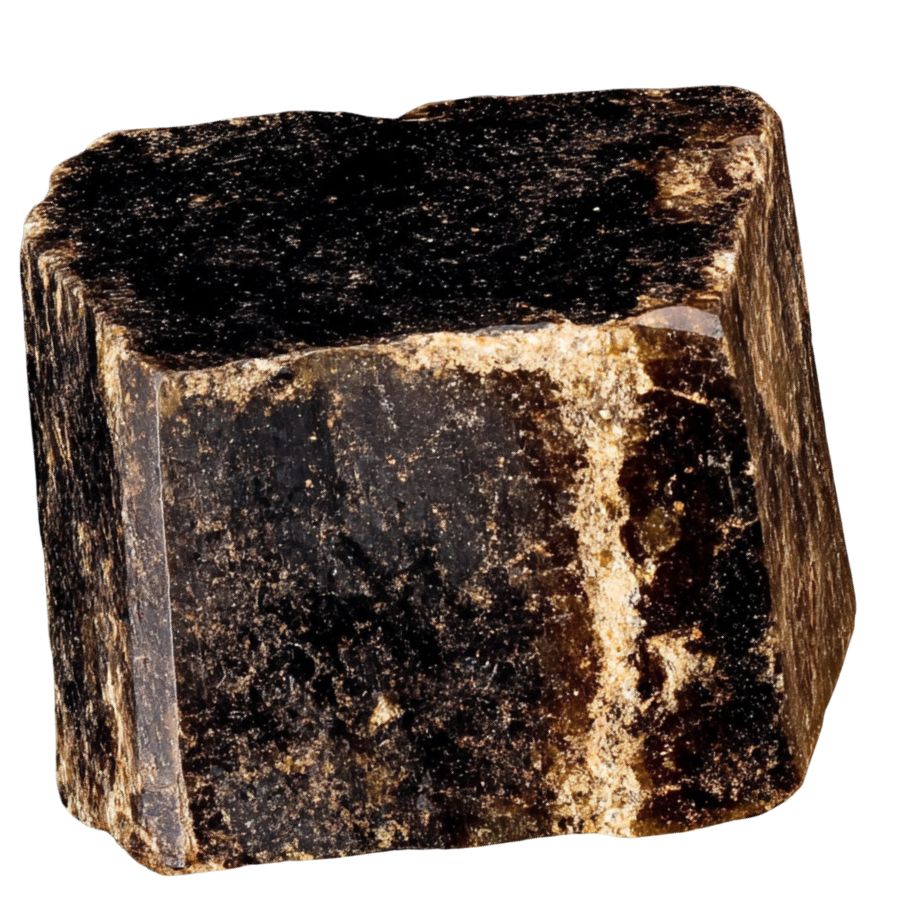
Dravite, or Brown Tourmaline, comes in shades from dark brown to light brown-yellow. It can look a bit like Smoky Quartz, with a semi-see-through quality.
Its crystals are often needle-like or prismatic, with points at both ends. This sets it apart from other tourmalines like the darker schorl or the colorful elbaite.
What makes dravite special is its rich sodium and magnesium content. This sets it apart from other tourmalines. It was first discovered in 1883 and named after the Drava River in Slovenia.
Indicolite
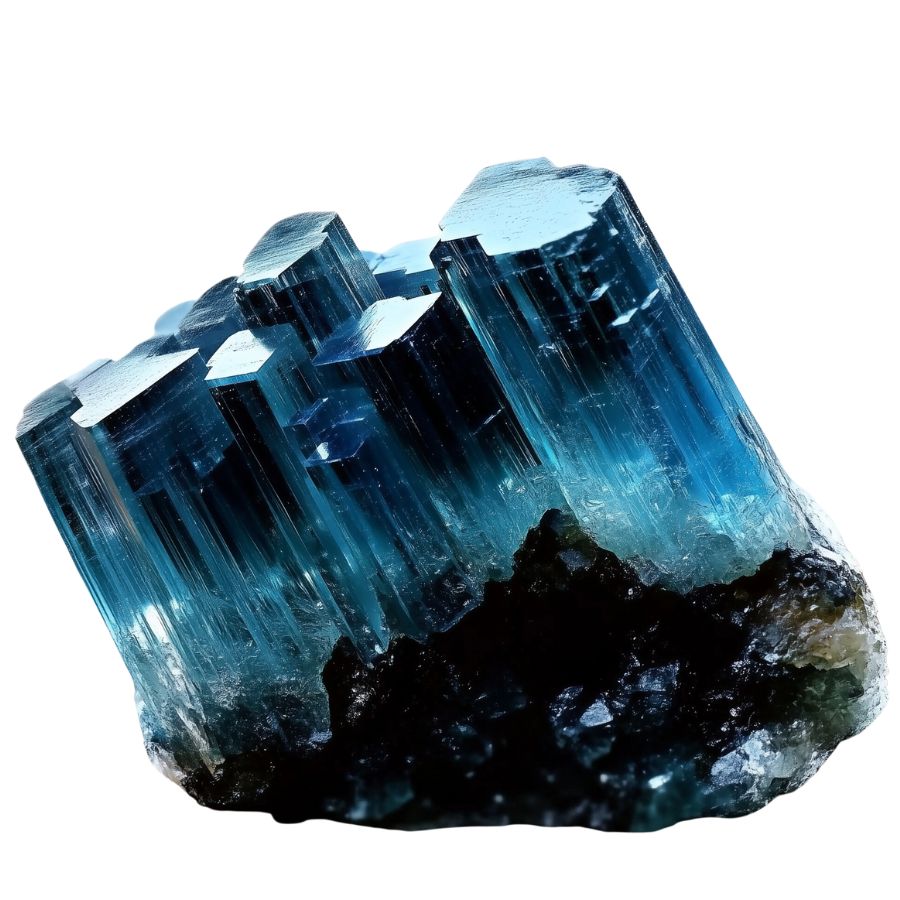
Indicolite is a rare and captivating blue to blue-green stone. It’s prized for its pure, bright blue color, which is considered the rarest within the tourmaline family. The hues can range from light blue-green to deep, rich blue, often with high clarity.
What sets Indicolite apart is its unique optical effects. It shows pleochroism, appearing to change color when viewed from different angles. Some specimens also display chatoyancy, creating a “cat’s eye” effect when cut in a certain way.
Indicolite is sometimes called “Brazilian sapphire” due to its resemblance to the precious gem. However, they’re different minerals.
The increasing demand for blue tourmalines has made indicolite highly sought-after in the gemstone market, appreciated for its beauty and rarity.
Watermelon Tourmaline
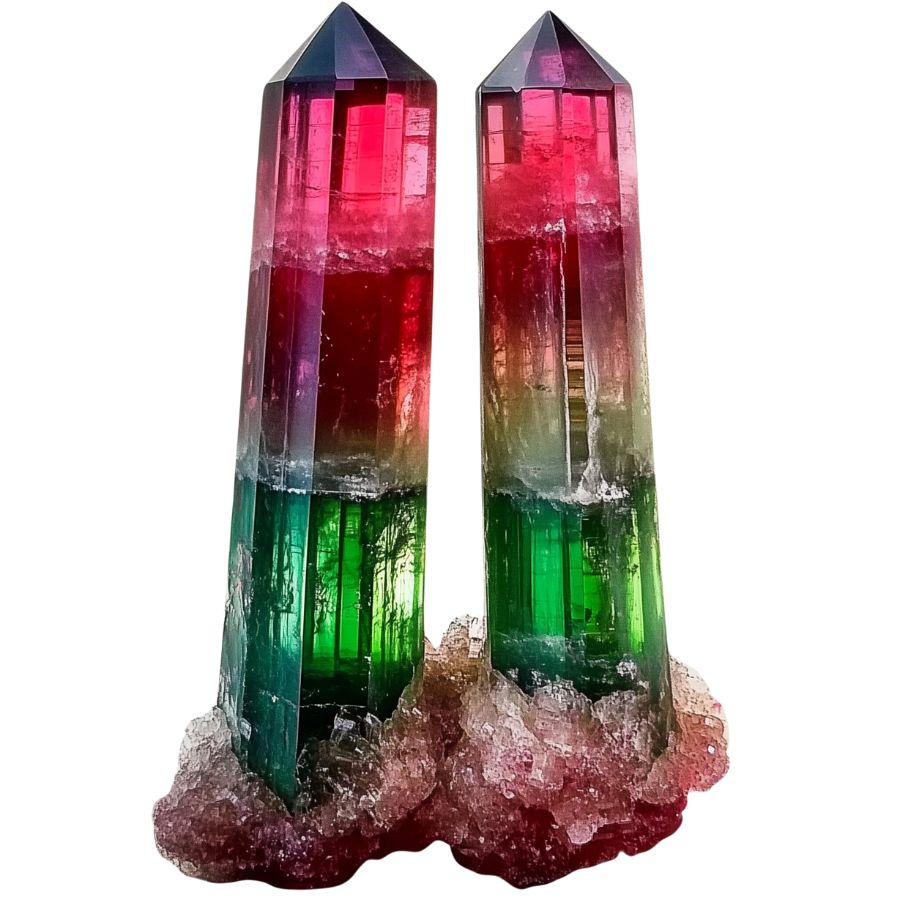
Watermelon tourmaline is truly one-of-a-kind. It looks just like a slice of watermelon, with a pink or red center and a green outer layer. This unique look happens because different elements join the crystal at different times as it grows.
These crystals often form in a rounded triangle shape. They’re see-through to somewhat clear and have a glass-like shine. When cut into slices, they really do look like little watermelons!
Cat’s Eye Tourmaline
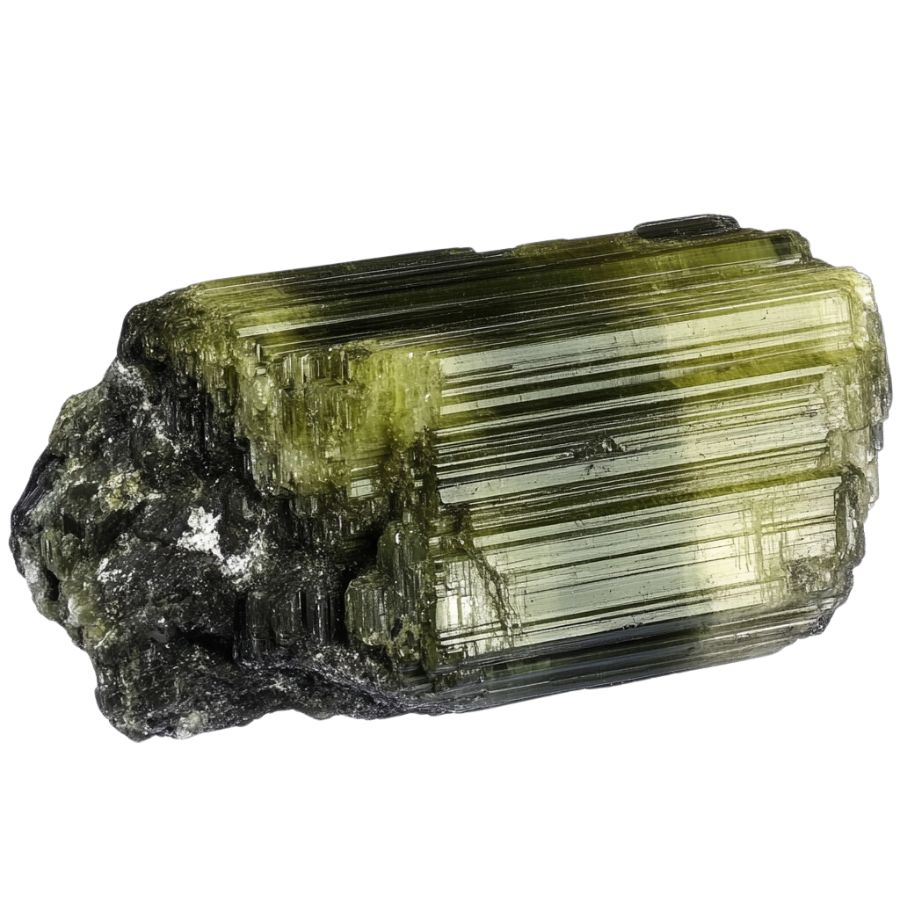
Cat’s eye tourmaline is known for its mesmerizing chatoyancy effect. This creates a bright band across the stone’s surface, resembling a cat’s eye.
This stone comes in various colors, from green to pink to brown, and is usually semi-translucent to opaque.
What makes this stone special is the perfect alignment of tiny, needle-like inclusions inside it. These scatter light in a unique way, creating that eye-catching effect. It’s quite different from other tourmalines that don’t have this feature.
Unlike other cat’s eye stones, Tourmaline offers a wider range of colors and is often more affordable.
Achroite
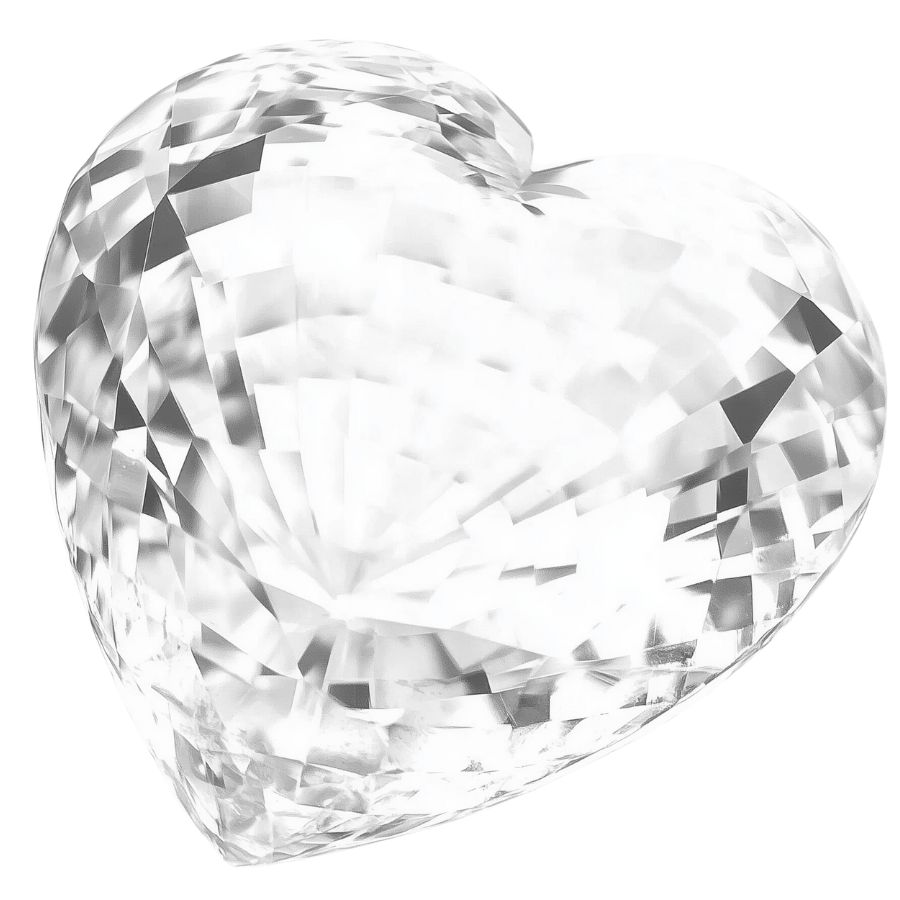
Achroite is a rare, colorless variety of tourmaline that looks like a drop of clear water turned to stone. It’s completely transparent, making it unique among tourmalines which usually have color. The name comes from Greek, meaning “without color.”
What’s special about achroite is that it doesn’t change color when viewed from different angles. It means the stone can be cut in many ways without losing its clarity.
Verdelite
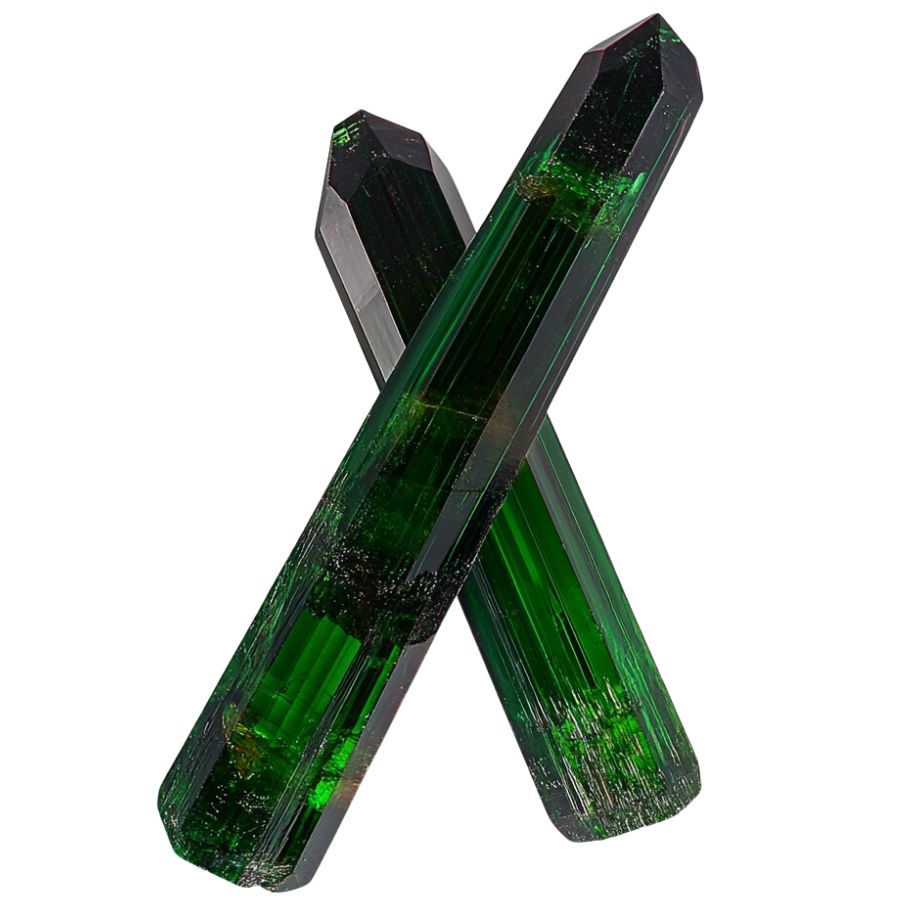
Verdelite is known for its beautiful green color. It can range from light green to deep emerald.
One thing that makes verdelite special is that you can find big, clear crystals of it. This isn’t always easy with other gemstones.
People love using verdelite in jewelry because its rich color and interesting light effects make it a popular choice for all kinds of accessories. Each piece of verdelite is like a little piece of nature you can wear.
Paraíba Tourmaline
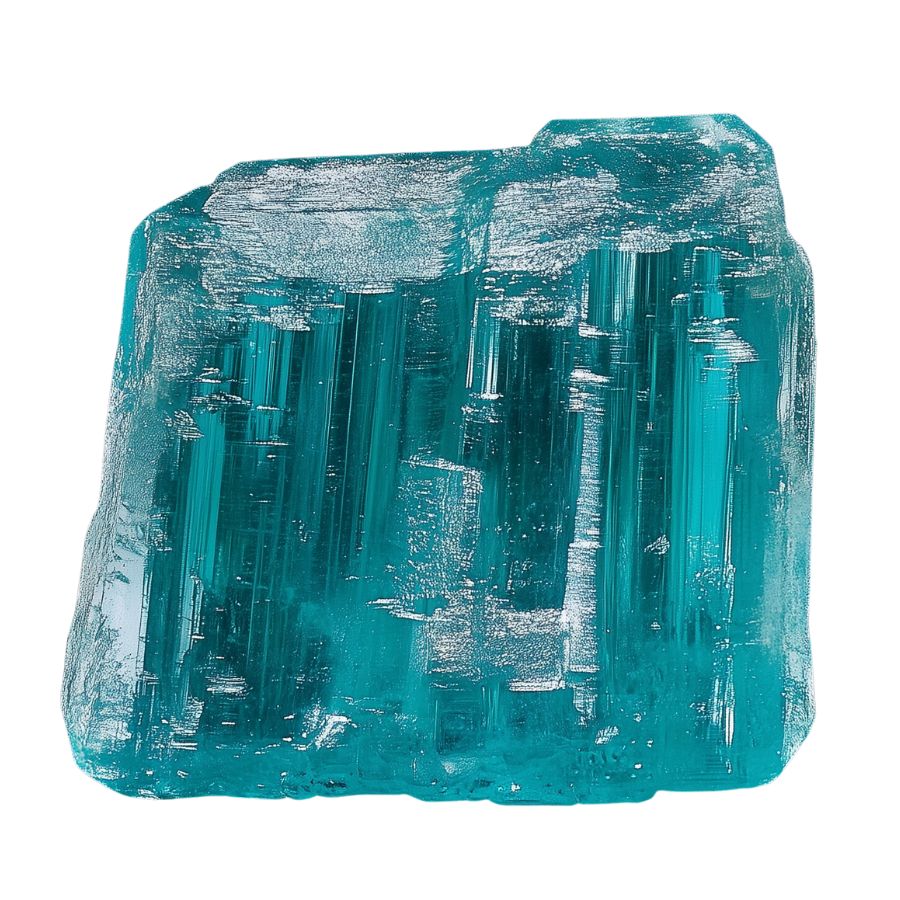
Paraíba Tourmaline is a rare gemstone that catches the eye with its vibrant neon blue or green color. It’s like no other tourmaline you’ve seen before. The intense glow comes from copper in the stone, making it stand out from its cousins.
This stone is one of the rarest. For every 10,000 diamonds mined, only one Paraíba tourmaline is found.
It was only discovered in the late 1980s, making it a newcomer in the gem world. But Paraíba tourmaline’s unique color and rarity quickly made it a favorite among gem lovers.
Its discovery caused quite a stir in the gem community. Even small stones can be valuable because of how rare and beautiful they are.
What Rough Tourmaline Looks Like
When you’re out looking for rough Tourmaline on your own it’s important to know what you’re looking for. But before we dive into specifically what to look for you need to make sure you understand the type of rocks and minerals you’re seeing.
DON'T MISS OUT ON ANY GREAT FINDS!
While you're out searching for Tourmaline you're going to find A LOT of other interesting rocks and minerals along the way. The last thing you want to do is toss out something really interesting or valuable. It can be easy to misidentify things without a little guidance.
We've put together a fantastic field guide that makes identifying 140 of the most interesting and valuable rocks and minerals you will find REALLY EASY. It's simple to use, really durable, and will allow you to identify just about any rock and mineral you come across. Make sure you bring it along on your hunt!
Now, back to the identification specifics:
Here are some tips to help you recognize rough tourmaline.
Look for Color Variations
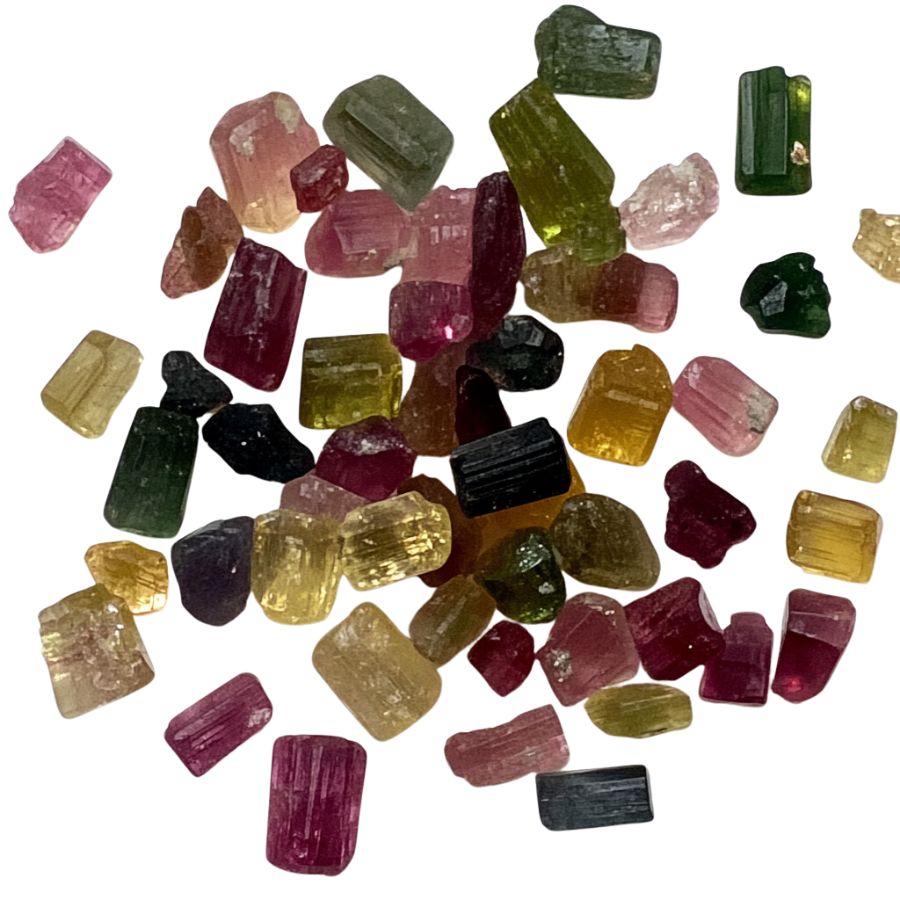
Tourmaline comes in many colors, like pink, green, blue, and even black. Some pieces have multiple colors, like watermelon tourmaline, which is pink and green.
If you see these color mixes, it’s likely tourmaline. Keep an eye out for vibrant shades.
Assess the Density and Weight
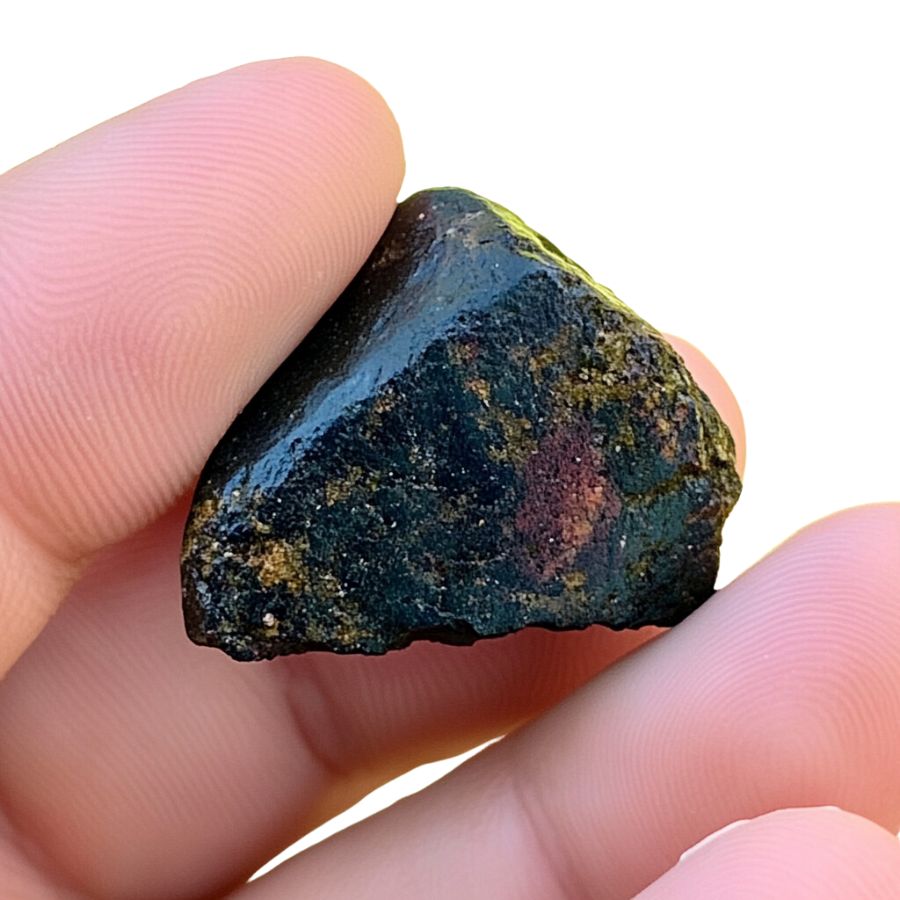
Rough tourmaline is relatively heavy for its size. If you pick up a piece and it feels denser than expected, it could be tourmaline. This weight can help you confirm your find.
Examine the Crystal Structure
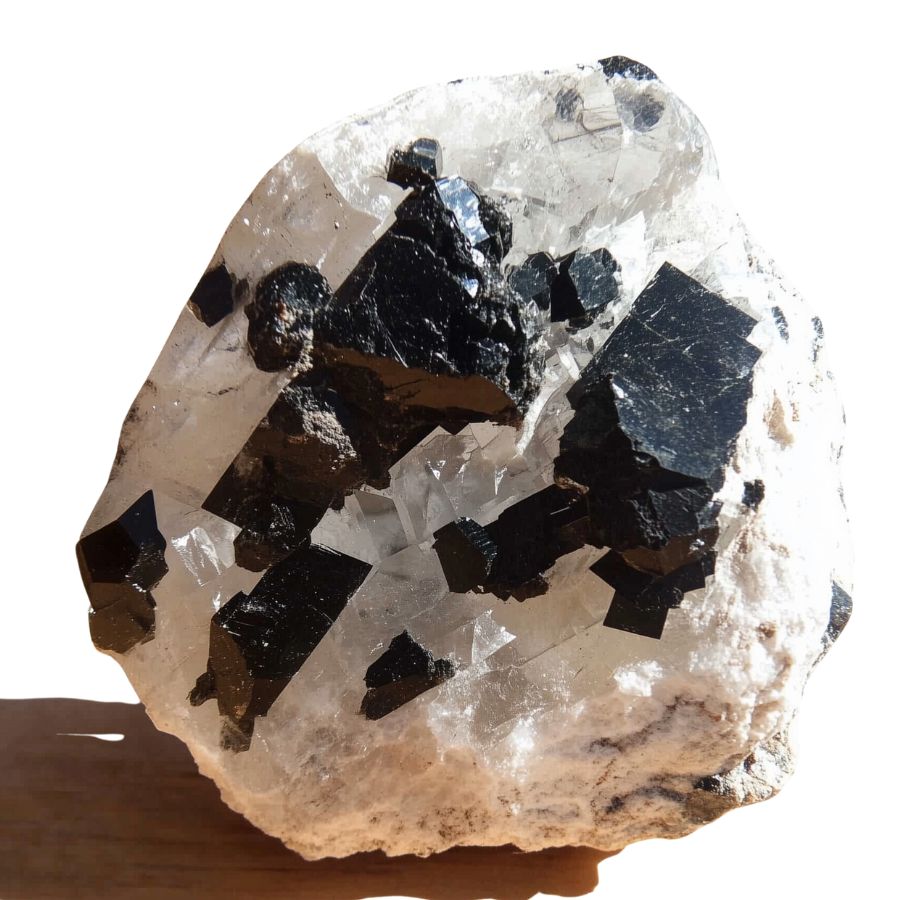
Tourmaline features distinctive crystal shapes, ranging from slender and elongated to chunky forms. Look for triangular cross-sections and striations on the surface, which indicate its unique growth patterns.
Check for Transparency
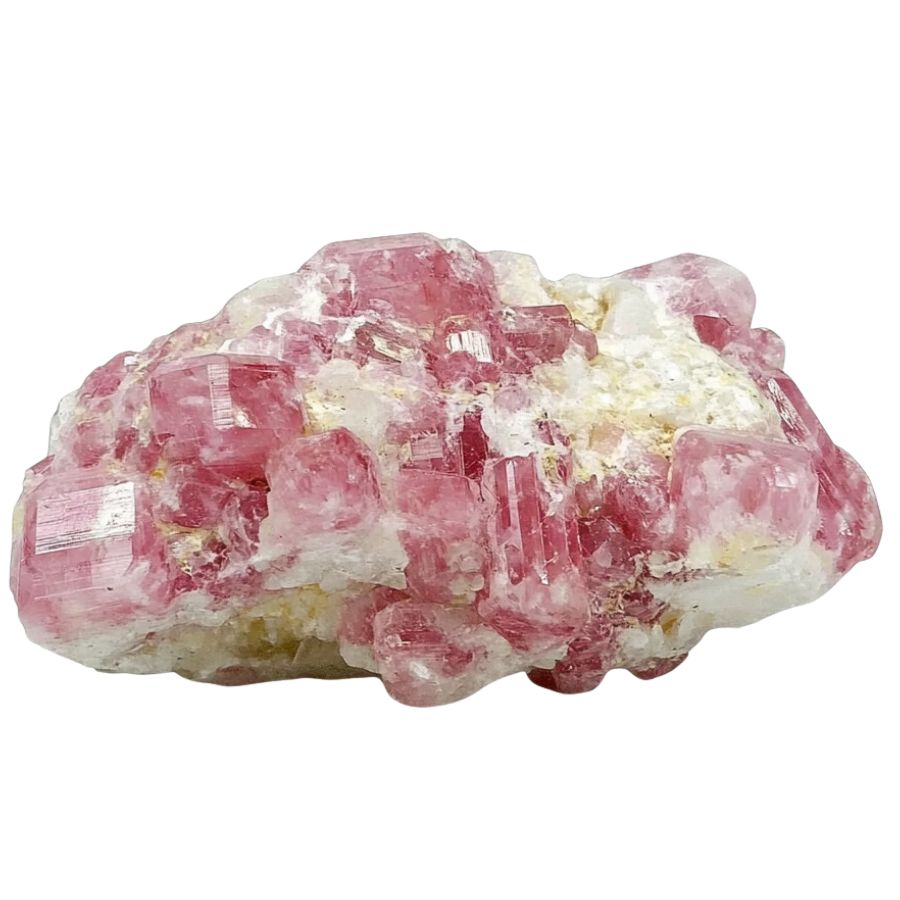
Some rough tourmaline can be slightly transparent. If you hold it up to the light, you might see through it a bit. This transparency can be a good sign that you have tourmaline.
A Quick Request About Collecting
Always Confirm Access and Collection Rules!
Before heading out to any of the locations on our list you need to confirm access requirements and collection rules for both public and private locations directly with the location. We haven’t personally verified every location and the access requirements and collection rules often change without notice.
Many of the locations we mention will not allow collecting but are still great places for those who love to find beautiful rocks and minerals in the wild without keeping them. We also can’t guarantee you will find anything in these locations since they are constantly changing.
Always get updated information directly from the source ahead of time to ensure responsible rockhounding. If you want even more current options it’s always a good idea to contact local rock and mineral clubs and groups
Tips on where to look
Once you get to the places we have listed below there are some things you should keep in mind when you’re searching:
Look for Sedimentary Rocks
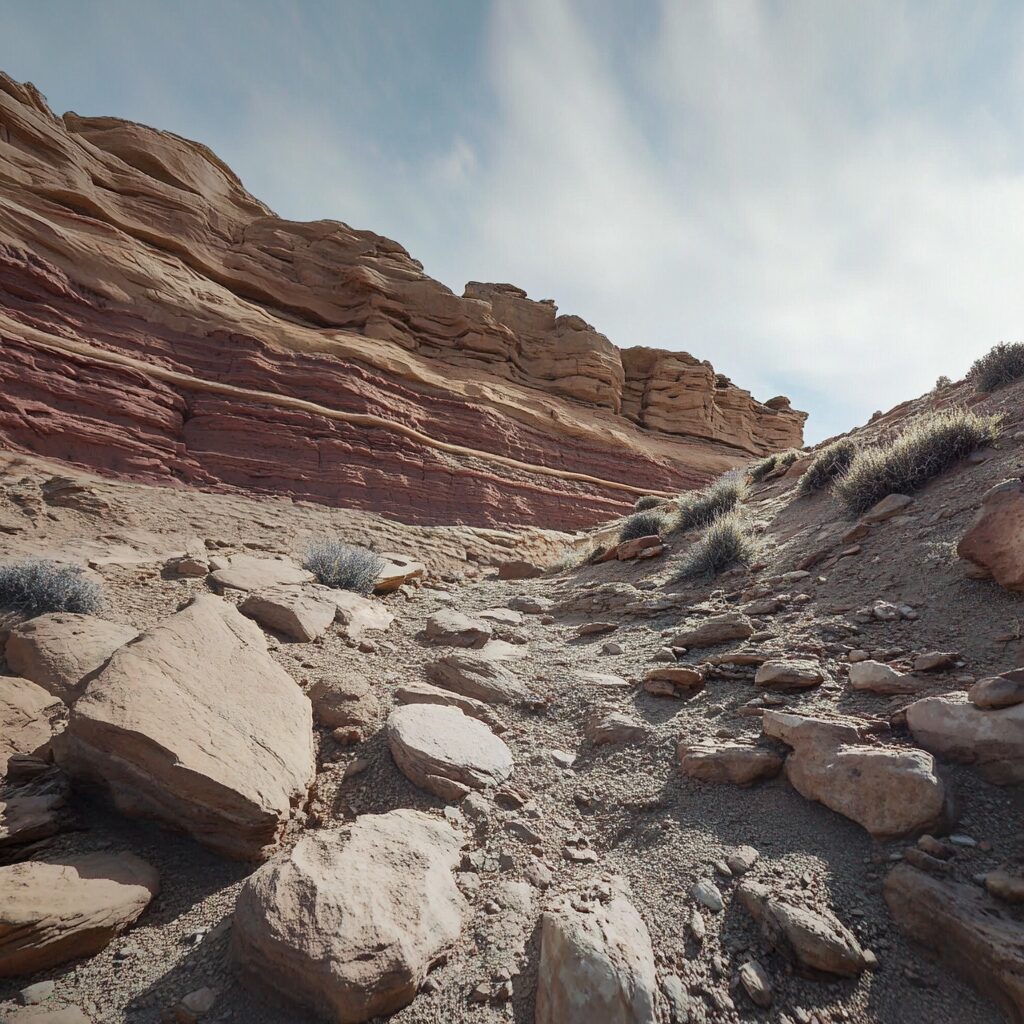
Sedimentary rocks are great places to find tourmaline. These rocks form from layers of sand, mud, and minerals. Over time, minerals like tourmaline can get trapped.
Look in riverbeds or areas where sediment has built up. You might find small pieces or even larger crystals.
Explore Mines
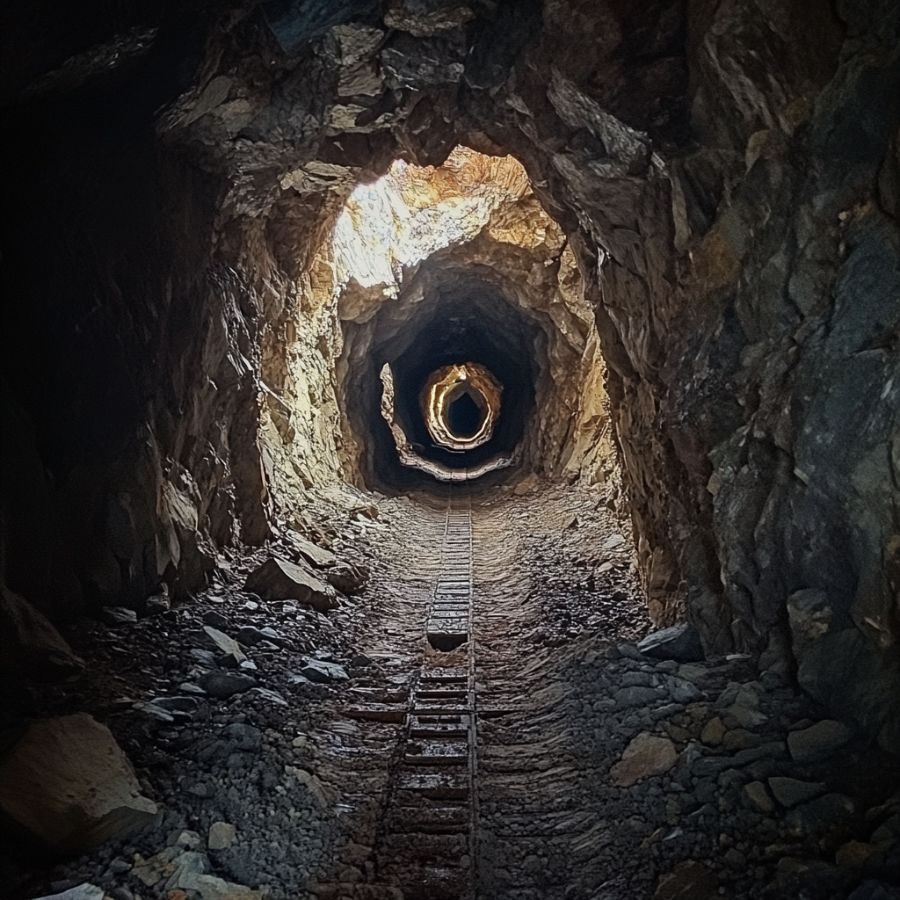
Mines are great spots to find tourmaline. Many mines across the U.S. extract various gemstones, including tourmaline.
Some mines even allow visitors to search for gems themselves. Always check if they have guided tours or special digging days.
Search in Gravel Pits

Gravel pits are often overlooked, but they can be treasure troves. These pits dig deep into the earth, exposing layers of rock.
Tourmaline can be found in the gravel. Just sift through the material carefully.
The types of Tourmaline can you find around the state
Colorado is home to various types of tourmaline, with black tourmaline (known as schorl) and pink tourmaline being two prominent varieties.
Schorl is the most common type found in the state, characterized by its dark, opaque appearance. It typically forms in granitic pegmatites and is valued for its striking geometry and brilliance.
Pink tourmaline (also called rubellite) showcases a vibrant pink to red hue. This variety can occur in various shades and is often cut into beautiful gemstones.
Some Great Places To Start
Here are some of the better places in the state to start looking for tourmalines:
Always Confirm Access and Collection Rules!
Before heading out to any of the locations on our list you need to confirm access requirements and collection rules for both public and private locations directly with the location. We haven’t personally verified every location and the access requirements and collection rules often change without notice.
Many of the locations we mention will not allow collecting but are still great places for those who love to find beautiful rocks and minerals in the wild without keeping them. We also can’t guarantee you will find anything in these locations since they are constantly changing.
Always get updated information directly from the source ahead of time to ensure responsible rockhounding. If you want even more current options it’s always a good idea to contact local rock and mineral clubs and groups
Cottonwood Creek
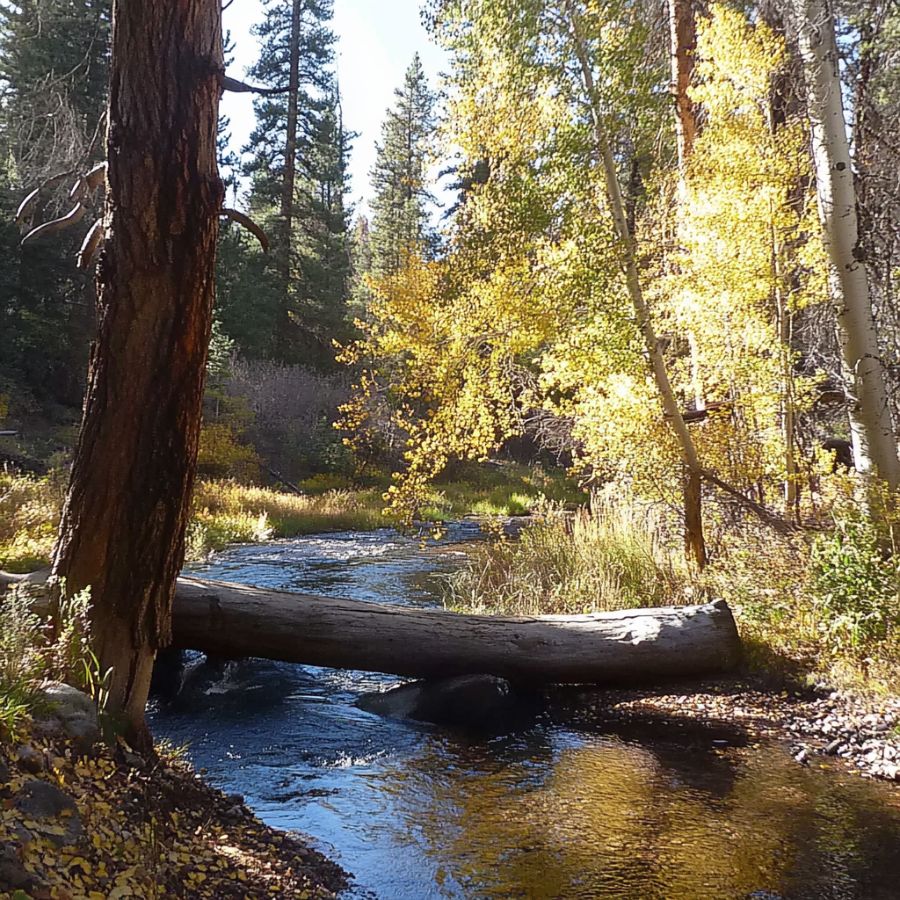
Cottonwood Creek is a picturesque stream, flowing near Johnson Village at an elevation of 7,881 feet.
The creek’s mineral-rich landscape is shaped by nearby geothermal springs, emerging along mountainous fault lines. These hot springs hint at the area’s geological richness, creating ideal conditions for tourmaline formation.
The combination of the stream’s erosive power and the region’s geothermal activity makes Cottonwood Creek a promising spot for uncovering tourmaline specimens.
Adventurers can explore the creek’s banks and surrounding rocky outcrops for potential finds. Keep an eye out for areas with visible signs of past mining activity, as these might yield interesting discoveries.
Sherman Mountain
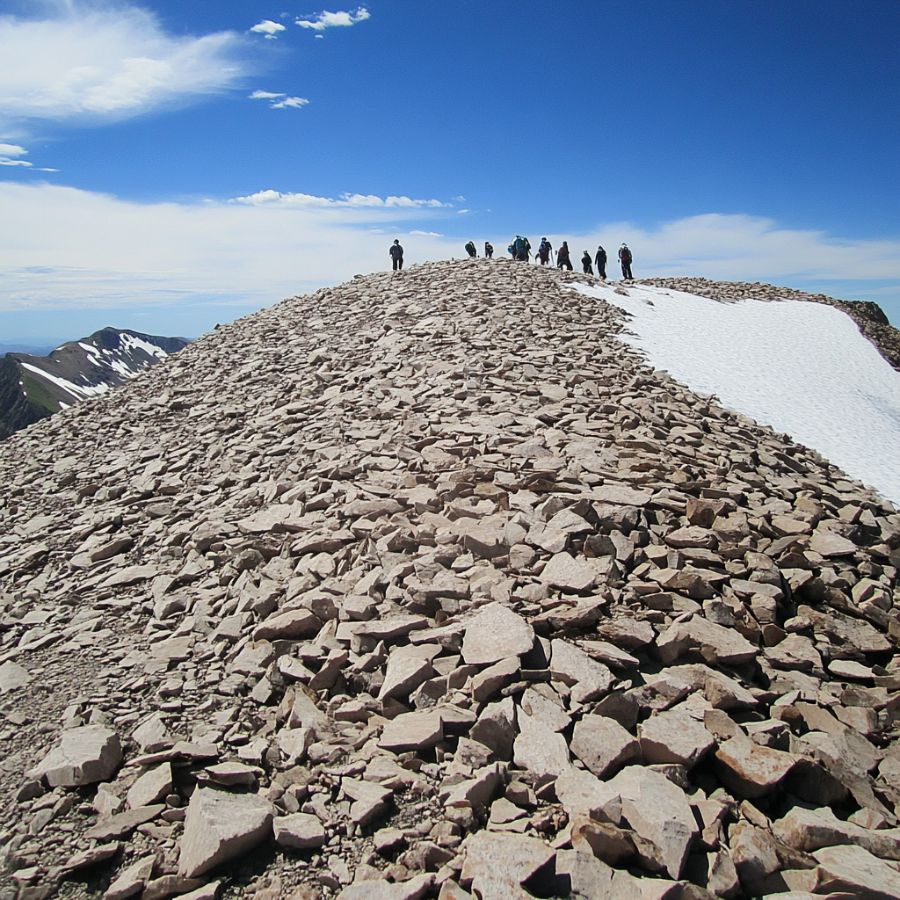
Sherman Mountain, located in the Silver Plume area of Clear Creek County, Colorado, is a rockhound’s paradise. This Rocky Mountain sits just west of Georgetown, steeped in the rich history of Colorado’s 19th-century silver rush.
The mountain’s unique geology makes it a hotspot for tourmaline hunters. Old mine dumps and exposed rock faces reveal quartz veins that often house these colorful crystals.
The area’s diverse mineral deposits, formed millions of years ago, create ideal conditions for tourmaline formation.
Skilled rockhounds focus on pegmatite dikes, where tourmaline is commonly found alongside other minerals like feldspar and mica. The mountain’s rugged terrain and high elevation (over 9,000 feet) add to the thrill of the hunt.
Knickerbocker Hill
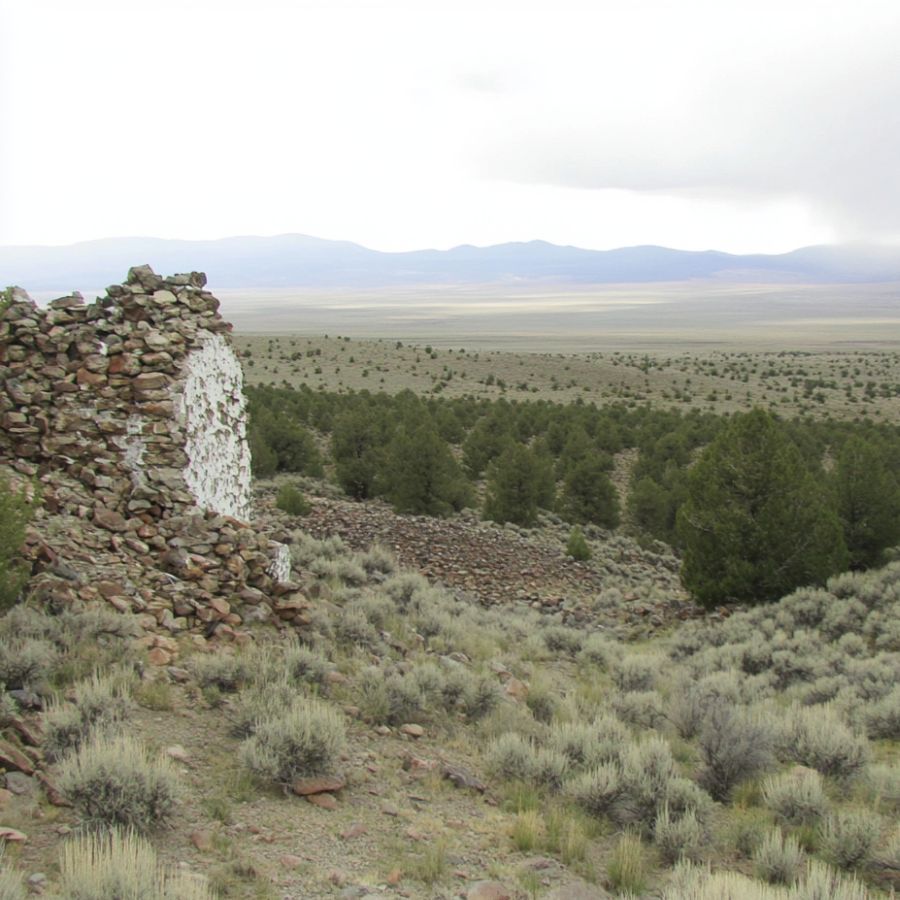
Knickerbocker Hill is located in the San Isabel National Forest. The hill’s unique geology, shaped by ancient volcanic activity, creates an ideal environment for gemstone formation.
Rhyolite host rock dominates the landscape, often harboring pockets of vibrant tourmaline crystals.
Rockhounds flock to Knickerbocker Hill’s old mining sites, where exposed mineral veins tell tales of the area’s silver mining past.
These abandoned workings now serve as prime hunting grounds for tourmaline enthusiasts. Surface exposures and tailings piles also yield promising finds.
The hill’s diverse mineral makeup, a result of its complex geological history, makes each dig an exciting possibility for unearthing not just tourmaline, but other fascinating minerals as well.
Royal Gorge Quarry
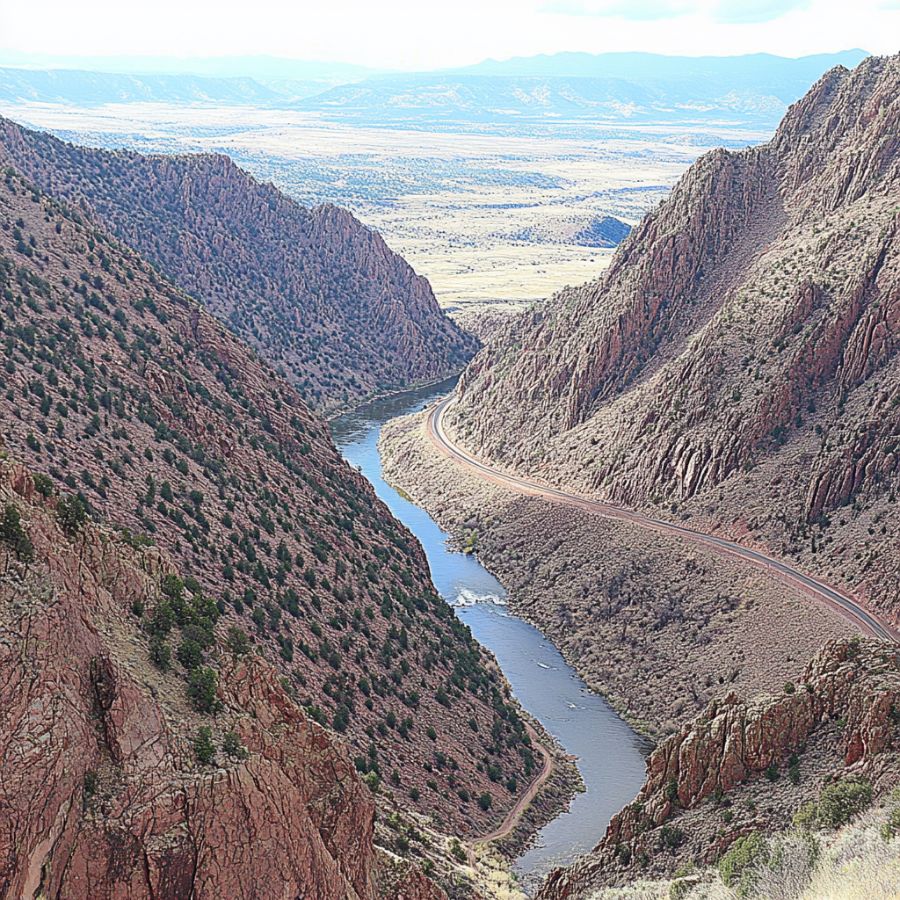
The Royal Gorge Quarry is a former stone quarry located in Fremont County, Colorado. It is situated in the south-central part of the state, near the famous Royal Gorge Bridge and Park.
The area is known for its rugged terrain and scenic beauty, with the Arkansas River flowing through the gorge.
The quarry’s pegmatite veins, formed by ancient volcanic activity, are a treasure trove of minerals. These coarse-grained igneous rocks often yield colorful tourmaline crystals alongside quartz and feldspar.
The quarry walls expose these mineral-rich veins, making them accessible to eager gem hunters. As you explore, keep an eye out for the telltale signs of pegmatite – large, interlocking crystals that might harbor hidden tourmaline treasures.
Quartz Creek
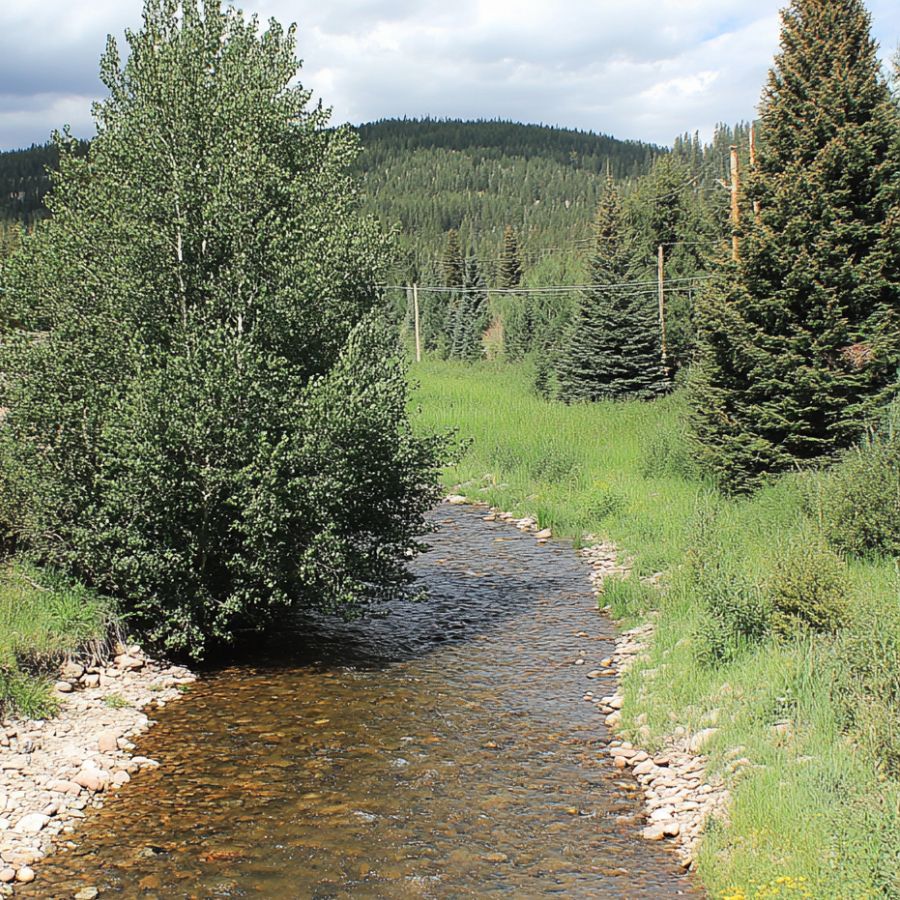
Quartz Creek, located in the Parlin area of Gunnison County, Colorado, is a stream that flows through the Rocky Mountains. It rises in the Gunnison National Forest and is formed by the merger of the North, Middle, and South Quartz creeks.
The creek flows through the Quartz Creek Valley and passes through the towns of Pitkin and Ohio City before emptying into Tomichi Creek near Parlin.
The area’s rich mineral deposits stem from its complex geological history. Millions of years of mountain-building and erosion have exposed a variety of gems and minerals.
The best spots for finding tourmaline include the creek beds near Pitkin and Ohio City. The water’s natural sorting action concentrates heavier minerals, including tourmaline, in certain areas.
Places Tourmaline has been found by county
After discussing our top picks, we wanted to discuss the other places on our list. Below is a list of the additional locations where we have succeeded, along with a breakdown of each place by county.
| County | Location |
| Chaffee | Mount Antero |
| Chaffee | Ruby Mountain |
| Chaffee | California Mine |
| Chaffee | White Mountain |
| Chaffee | Bear Lodge alkaline complex |
| Chaffee | Ace High – Jackpot Prospect |
| Clear Creek | Santa Fe Mountain Beryl Prospect |
| Custer | Mount Robinson Deposit |
| Douglas | Pine Creek pegmatite area |
| Fremont | Meyers quarry |
| Fremont | Mitchell Gulch |
| Fremont | Horsepasture Pegmatites Occurrence |
| Fremont | Ilmenite Pegmatite Occurrence |
| Fremont | Highway 50 Roadcut in Texas Creek Area |
| Fremont | Chief lithium pegmatite |
| Gunnison | Opportunity Mine |
| Grand | Green Ridge pegmatite |
| Huerfano | Unnamed pegmatite in Greenhorn Mountain Wilderness |
| Jefferson | Buckman Ranch Mine |
| Jefferson | Burroughs Mine |
| Jefferson | Drew Hill Prospect |
| Jefferson | East Shaffer Hill pegmatite |
| Jefferson | Hiwan Ranch |
| Jefferson | Ladwig Ranch Pegmatites |
| Jefferson | Robinson Gulch pegmatite |
| Jefferson | Seven Hills – Yetter Ranch Pegmatite Occurrence |
| Jefferson | Roscoe Gulch pegmatites |
| Jefferson | Tall Timber Group |
| Larimer | Big Boulder Mine |
| Park | Wilkerson Pass Area |
| Park | Route 9 of the Meyers Ranch in Hartsel area |
| Park | Lake George Ring Complex |
| Pitkin | Midnight Mine |
| Routt | Hahns Peak Saddle |
| Teller | Pikes Peak |

